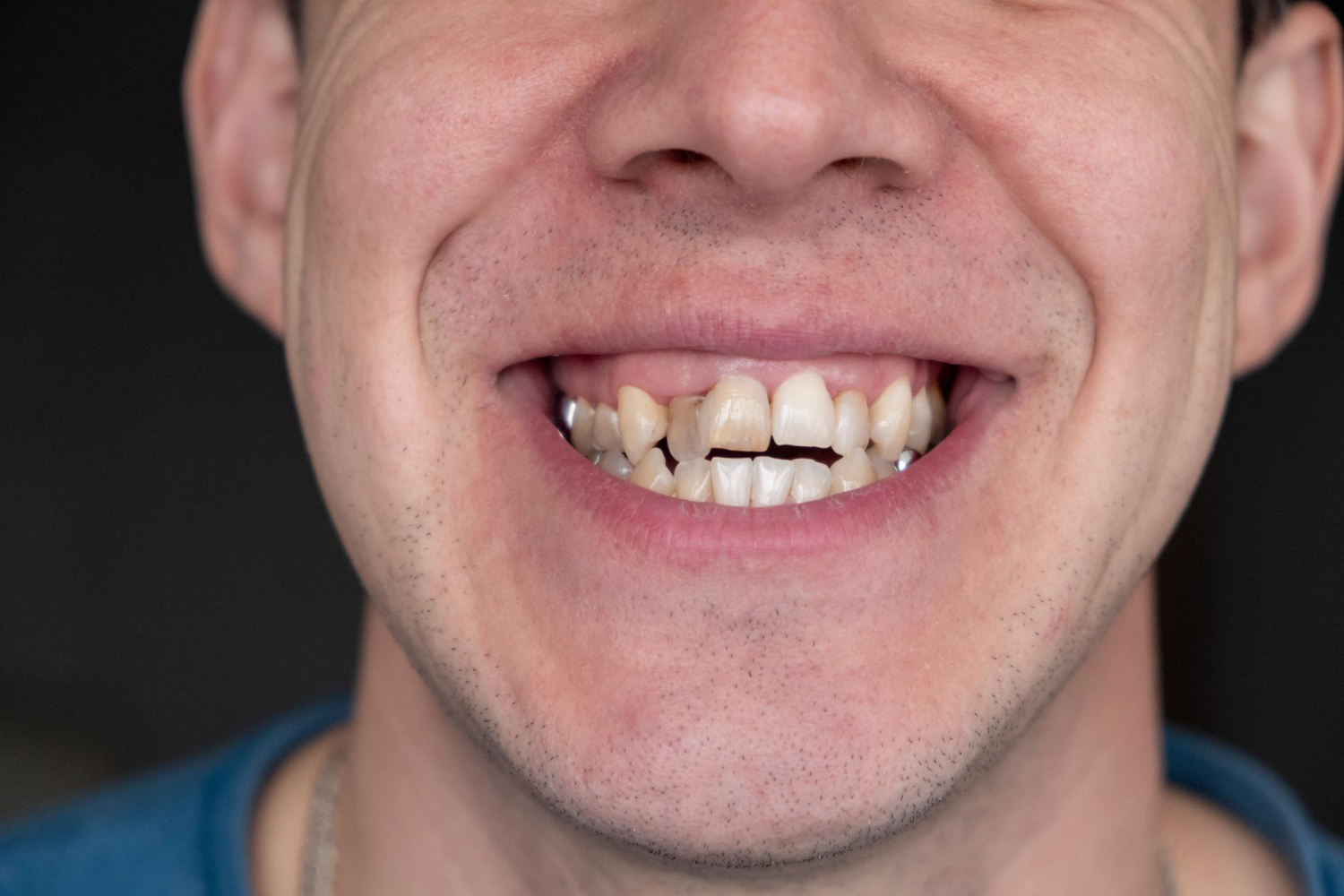How to Correct Crowded Teeth: Causes and Best Treatments
Aug 08 , 2024
Crowded teeth are a common dental issue that affects many individuals. This condition occurs when there is not enough space in the jaw for teeth to align properly, causing them to overlap, twist, or become misaligned. Crowded teeth can affect the appearance of your smile, make oral hygiene more challenging, and increase the risk of dental problems such as cavities and gum disease. Fortunately, several effective treatments can correct crowded teeth, depending on the severity of the condition and individual needs.
Causes of Crowded Teeth
Several factors can contribute to crowded teeth. One of the most common causes is genetics. If you inherit a smaller jaw from one parent and larger teeth from another, this mismatch can lead to crowding. Additionally, certain habits during childhood, such as thumb sucking, prolonged use of a pacifier, or tongue thrusting, can cause teeth to become misaligned as they develop. Early loss of baby teeth due to decay or trauma can also result in crowding, as the remaining teeth may shift into the empty spaces, leaving insufficient room for adult teeth to emerge properly.
Best Treatments for Crowded Teeth
Braces: Traditional metal braces are one of the most effective treatments for crowded teeth. Braces use brackets and wires to apply gentle pressure to the teeth, gradually moving them into the correct position. Over time, braces can correct even severe crowding, creating a straight and healthy smile. Modern advancements in orthodontics have made braces more comfortable and less noticeable than they used to be, with options such as ceramic braces that blend in with the natural color of your teeth.
Invisalign: For those who prefer a less noticeable treatment, Invisalign offers a popular alternative to traditional braces. Invisalign uses a series of clear, removable aligners that are custom-made to fit your teeth. These aligners gradually shift the teeth into the desired position over time. Invisalign is particularly effective for mild to moderate cases of crowding, and its removable nature makes it easier to maintain oral hygiene during treatment. However, it may not be suitable for severe crowding or complex orthodontic issues.
Dental Extractions: In some cases, removing one or more teeth may be necessary to create enough space for the remaining teeth to align properly. This approach is often combined with orthodontic treatments like braces or Invisalign to achieve the best results. Extractions are typically considered when other treatments alone are insufficient to correct severe crowding.
Palatal Expanders: For younger patients whose jaws are still developing, a palatal expander can be used to widen the upper jaw. This device gradually increases the space available for teeth to align properly, potentially preventing the need for extractions or more extensive orthodontic treatment later on. Palatal expanders are usually used in conjunction with braces.
Veneers: In cases of minor crowding where teeth are slightly misaligned or overlapped, dental veneers may be an option. Veneers are thin shells of porcelain or composite material that are custom-made to cover the front surface of teeth, improving their appearance. While veneers do not correct the underlying crowding, they can create the illusion of a straighter smile.
Crowded teeth can be a source of discomfort and self-consciousness, but several effective treatments are available to correct this issue. Whether through traditional braces, Invisalign, or other orthodontic interventions, addressing crowded teeth can improve both the appearance of your smile and your overall oral health. Consulting with an orthodontist or dentist is the first step to determining the best treatment plan for your specific needs.









